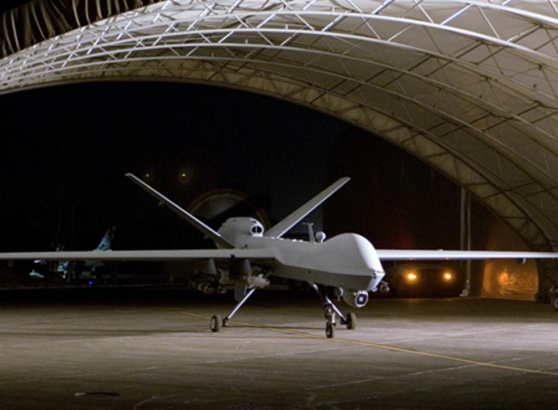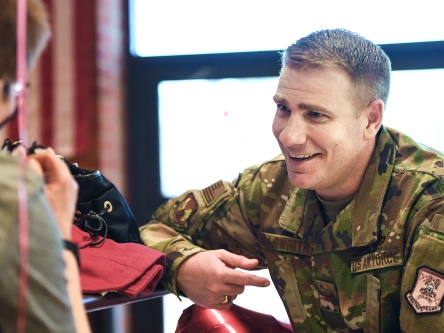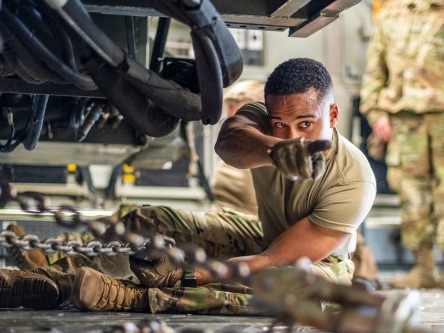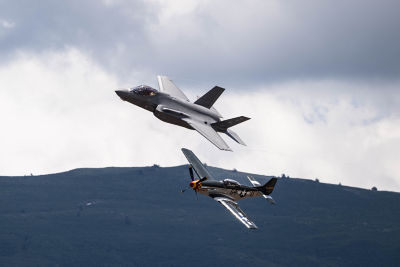
About History
From Airpower to Global Superpower
-
1912–1939 Changing the Way of War
Fixed-winged aircraft came onto the scene in ground attacks when WWI broke out in Europe on July 28, 1914. This marked one of the greatest evolutions in warfare-tactics technology, soon putting the U.S. in the lead.

-
1940–1945 Establishing the High Ground
With over 30 countries drawn into WWII, the skies marked the ultimate vantage point—starting with Japan bombing Pearl Harbor and ending with the U.S. dropping two atomic bombs nearly four years later.

-
1946–1949 Pushing the Envelope
The U.S. continued to advance its airpower and military structure, separating the Air Force into its own military branch, and in turn, became a leading superpower. Subsequently, the Air National Guard and Air Force Reserve were established to expand our military presence, with Reservists ready to serve during wartime.

-
1950–1953 The Korean War
The U.S. was pushed into the war between North Korea and South Korea. Just as North Korea appeared to be on the brink of victory, the U.S. entered and turned the tables, shifting the war to end in a stalemate and reestablishing itself as a global military power.
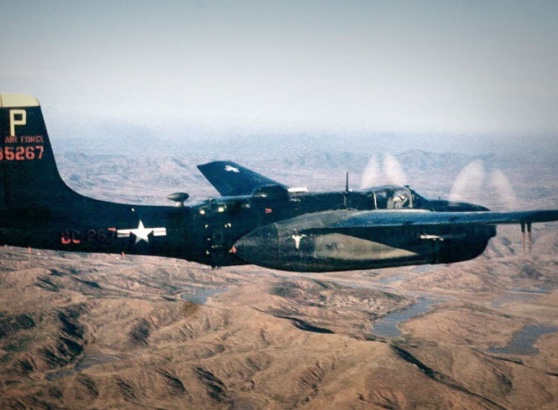
-
1954–1964 Breaking New Ground
Barriers in scientific exploration, airpower and equality were broken within the military. Man looked beyond the atmosphere and began to travel into space. Meanwhile, the Air National Guard accepted its first African American pilot, 1st Lt Thomas E. Williams, and female Capt Norma Parsons.

-
1965–1973 The Vietnam War
The U.S. traveled back to Southeast Asia to halt the spread of communism. Over the war’s course, air superiority became an ever-growing priority, leading to further needed leaps in development. Additionally, the Air Force fully integrated its Active Duty, Reserve and Air National Guard branches into an operational whole—sharing all resources and equipment and working side by side in battle.

-
1974–1989 New Waves of Defense
Following the Vietnam War, the Air Force experienced a relative peace from wartime, which sparked various new technological breakthroughs. Meanwhile, many women and minorities in the Air Force were being recognized for their service, opening new doors of opportunity.

-
1990–1999 Making Our Mark
At the close of the 20th century, the U.S. established itself as the most-advanced air force in the world during the liberation of Kuwait, activating the first GPS system and launching the first unmanned aircraft.

-
2000–Present 21st Century and Beyond
Following the attacks on September 11, 2001, the U.S. was plunged into the War on Terror, with unmanned aircraft serving as a prime mover in air attacks. In 2009, they released the Unmanned Aerial System (UAS) Flight Plan, detailing their plans through 2047, which entailed that one third of the planes used were to be unmanned.
